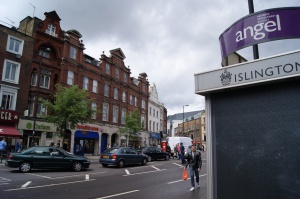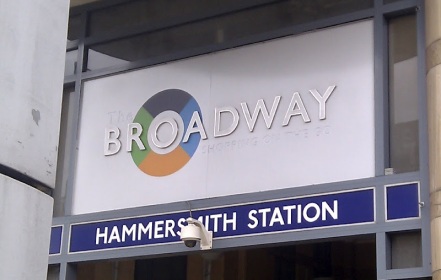By Kevin Buah and Noriane Atahy
Launched in 1856, the Islington Gazette is a weekly newspaper with a circulation of 5, 000 copies a week which is now embracing digital technology.
Technological advances have led to what editor Amie Brannen describes as “an easier publication process”. Brannen also states that the emergence of online publishing is a way of offering something different to readers giving them choices in the way they receive their news.
She adds: “Our online newspaper is also a way of encouraging the younger generation to read.”
Most of the Islington locals Londone spoken to showed great interest in the Gazette. Most said they read it and that they preferred it to national newspapers as they felt they could relate to the content.
But not all were enthusiastic about the title. Market trader Thomas Archer said “the London newspapers in general always publish negative content and do nothing of interest for the community”.
The internet has helped drive a drop in circulation across practically every local newspaper in the country, making the future of local newspapers uncertain. The majority of locals we spoke to said they preferred getting their news online, rather than in print. Other locals however, such as Joan Mcluden, said: “I prefer to get the local Islington Gazette on prints just because I love all the supplements.”
Locals enjoyed reading the Gazette for different reasons, some for entertainment, some only for news and being aware of the issues in their community. Memet Osarie, a newsstand owner, spoke to us about his reasons for reading the Islington Gazette, and gave us his thoughts on digital versus print.
Alternatively, click here to listen.





